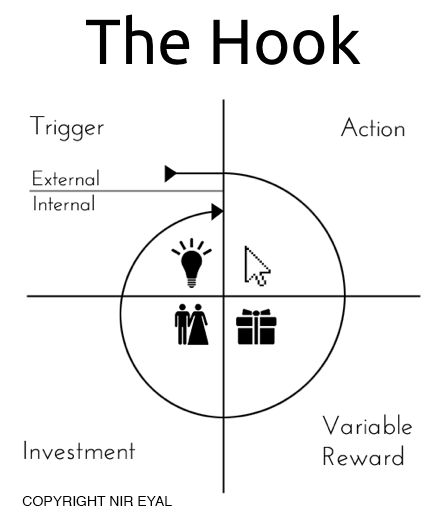Today
This reminded me of something: for ten years now, I have dealt with or advised founders about desire-friction mismatch.
Founders often assume that because they have built a particular product that a certain defined market segment desires – ie because they have achieved product market fit, that their numbers should now take off.
It doesn’t always.
PMF is an important milestone. But achieving it doesn’t tell a founder how motivated the average person in their market segment is. It doesn’t tell them how their promise tips the stakes for average would-be customers.
At a certain level of friction, customers’ desire to start using your product won’t be enough. They’ll sigh and move on.
At this point, a founder needs to engage their product person. To take whatever minimum viable product that got them to product-market-fit and iron the wrinkles out of the customers experience. These wrinkles exist as a result of compromises made – rightly – to speed up the initial go-to-market.
But now the founder needs to invest in the product so that it’s simple to understand and easy to get started with for the larger-than-earlier numbers of customers to come.
Unfortunately, it’s at this very point that a founder’s attention and investment turns from product (and tech) to sales and marketing in an attempt to acquire customers at a larger scale than during the PMF phase. To now look for sustainable, efficient acquisition/distribution channels.
What can happen – and too often does – is that a startup spends more (money, time, attention, emotion) in acquiring lots of new leads and sending them down a signup flow where the friction outweighs their desire to get through it.
When numbers don’t ramp up as quickly as expected, the founder is now unsure about the product-market-fit itself. They think about what they got wrong. Maybe they revisit it. Maybe they have the product people make cosmetic changes to the product trying to communicate the value proposition even more loudly (too often by adding more text/visual clutter).
In this case the problem isn’t that customers don’t get the value proposition. They do – the team’s now past the PMF milestone. But they don’t have the motivation to deal with the friction that the still-early product presents – not every product is as important to people’s lives as play-to-earn games like Axie are to people in the Philippines.
Being able to diagnose if it’s lack of PMF or desire-friction mismatch is often what makes the difference between an excellent startup’s post-PMF journey taking off, and sputtering.



